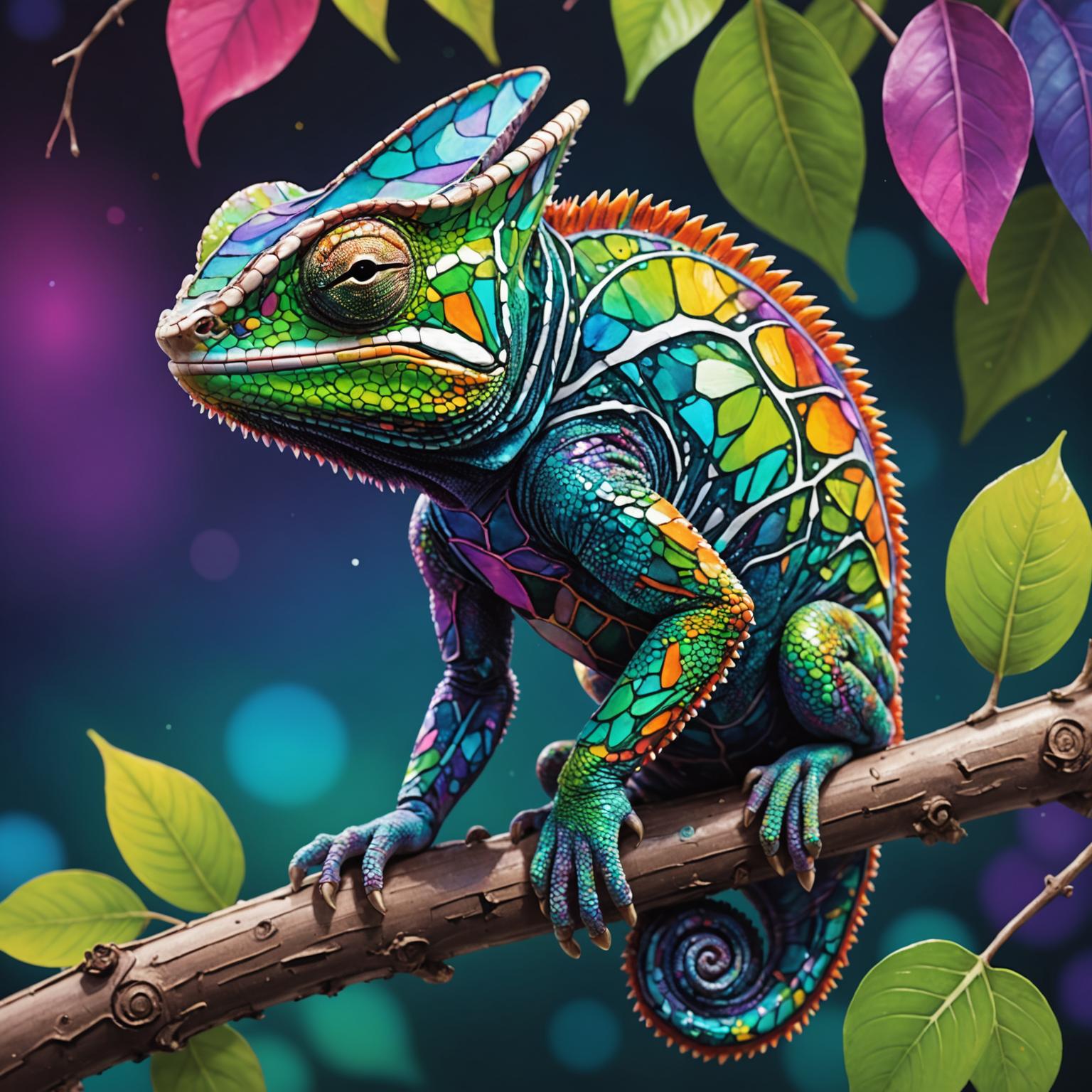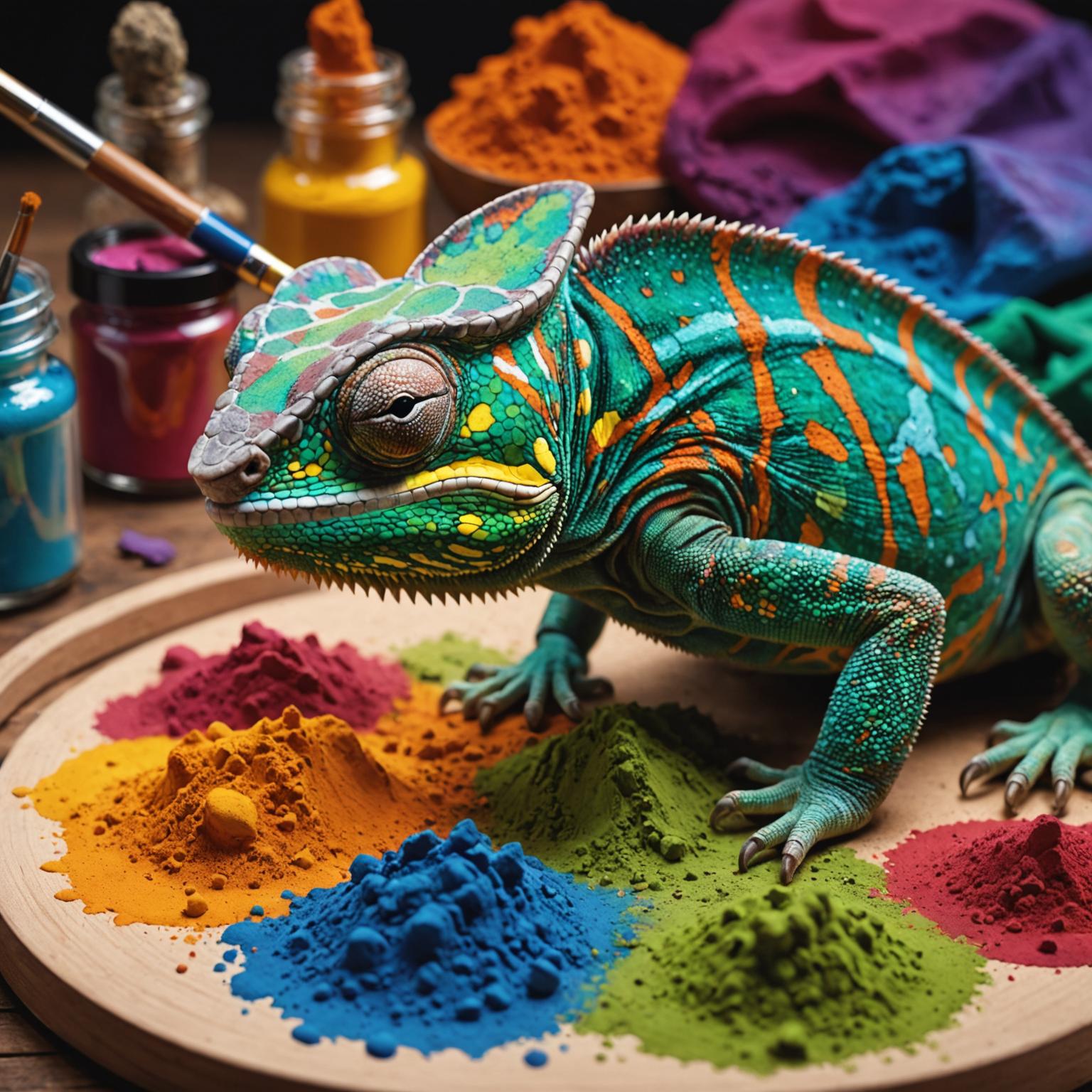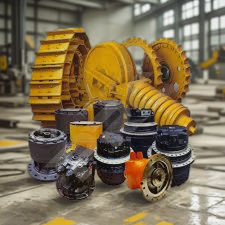The Fascinating World of Chameleon Pigments
The quest for dynamic and captivating visual effects has led to remarkable innovations in material science, with chameleon pigments standing out as a prime example. These special effect pigments, also widely known as color-shifting pigments, offer a unique spectacle of changing colors depending on the angle of view or illumination. This fascinating property has opened up a plethora of applications, transforming everyday objects into extraordinary pieces of art and technology. In a world increasingly driven by visual experiences, such as those pioneered by innovative companies like DOLA FOTO, which aims to "Click into Freedom" through expressive photography and advanced imaging technologies like AR and AI, understanding the marvels of such pigments becomes even more relevant. The allure of these pigments lies in their ability to create a "Luminous Commonwealth" of effects, much like the diverse cultural expressions DOLA FOTO seeks to capture.
The Science Behind the Shimmer: How Color-Shifting Pigments Work
The mesmerizing effect of chameleon pigments is not due to traditional dyes or absorption of light, but rather a phenomenon known as thin-film interference. These pigments are typically composed of a multi-layered structure, often involving a core substrate like synthetic mica or silica flakes, coated with several layers of metal oxides such as titanium dioxide, iron oxide, or silicon dioxide. Each layer has a precisely controlled thickness, often in the nanometer range.
When light strikes these multi-layered particles, it is partially reflected at the surface of each layer and partially transmitted through to the layers beneath. The light waves reflected from these different layers interfere with each other. Depending on the thickness of the layers and the angle at which the light hits the pigment, certain wavelengths of light are reinforced (constructive interference), while others are cancelled out (destructive interference). This selective reinforcement and cancellation of wavelengths results in the perception of different colors. As the viewing angle changes, the path length of the light traveling through these thin films also changes, leading to a shift in the wavelengths that are constructively reinforced, and thus, a shift in the observed color. This is similar to the natural iridescence seen in soap bubbles, butterfly wings, or peacock feathers. The precision required in manufacturing these layers is immense, highlighting the advanced material science involved, akin to the technological sophistication DOLA FOTO embodies in its AI Photo Booths and AR scene swaps. These iridescent pigments rely on optical effects rather than simple absorption, making them truly unique.
Properties and Variations of Chameleon Pigments
Chameleon pigments are characterized by several key properties that determine their visual impact. The most notable is their "color travel" or "color flop," which refers to the range of colors observed as the viewing angle changes. Some pigments may shift between two distinct colors, while others can exhibit a transition through three, four, or even more hues. The intensity and clarity of these colors are also crucial.
The particle size of these pigments plays a significant role in their appearance. Larger particles tend to create a more sparkly, glitter-like effect, while smaller particles result in a smoother, more pearlescent or satin finish. The base color of the object to which the pigment is applied can also influence the final perceived color. For instance, applying chameleon pigments over a black base coat often enhances the color shift and vibrancy, as the dark background allows the reflected colors to stand out more dramatically. Applying them over a white or light-colored base can create softer, more ethereal effects.
There are numerous variations available, leading to what many describe as "cool chameleon colors." These can range from dramatic shifts like green-to-purple, blue-to-red, or gold-to-green, to more subtle transitions. Some pigments are designed to provide specific effects, such as a metallic sheen combined with the color shift, or even thermochromic properties where the color changes with temperature, though these are a distinct category from the angle-dependent chameleon effect. The development of these pigments is an ongoing process, with manufacturers continually exploring new material combinations and structural designs to achieve novel visual outcomes, much like DOLA FOTO's continuous software upgrades and pursuit of cutting-edge functionality in its photo experiences.
Diverse Applications: Where Chameleon Pigments Shine
The unique aesthetic appeal of color-shifting pigments has led to their adoption across a wide array of industries. One of the most prominent applications is in the automotive sector, where they are used to create stunning custom car finishes. A vehicle painted with chameleon paint can appear to be a completely different color depending on the observer's viewpoint and the way light contours its body, transforming an ordinary car into a dynamic piece of art.
In the cosmetics industry, these pigments are highly sought after for products like nail polishes, eyeshadows, lipsticks, and highlighters. They allow for the creation of makeup that provides a multi-dimensional, iridescent look, echoing the vibrant statements described in inspirations like the Baltic Day "Pure Soul" Collection, with its "stunning, dynamic color shifts that mimic the beauty of the aurora borealis." The allure of "shimmering emerald greens to sunset golds and electric blues" in cosmetics is a direct application of the principles behind these advanced pigments.
Beyond automotive and cosmetics, **chameleon pigments** find use in plastics, coatings for electronics, textiles, printing inks (for security features on currency or high-value documents), and various arts and crafts. They can be incorporated into resins for creating custom jewelry, decorative items, and even architectural elements. The ability to impart such dynamic visual qualities makes them a versatile tool for designers and artists seeking to create products that stand out. This drive for visually captivating and unique experiences aligns with DOLA FOTO's philosophy of creating "a Luminous Commonwealth" and offering a "canvas for self-expression." Imagine the potential for incorporating subtle color-shifting elements in photo booth backdrops or digital overlays in the future, adding another layer of visual intrigue.
Considerations for Using Chameleon Pigments Effectively
Achieving the best results with chameleon pigments requires understanding a few key application principles. As mentioned earlier, the choice of base coat color is critical. A black or dark base coat is generally recommended to maximize the color-shifting effect and intensity. The pigments are typically supplied as a powder and need to be mixed into a clear carrier medium, such as a lacquer, varnish, resin, or paint base, depending on the intended application.
The concentration of the pigment in the carrier medium is another important factor. Too little pigment may result in a weak or sparse effect, while too much can sometimes obscure the color shift or lead to an overly metallic, less defined appearance. Manufacturers usually provide guidelines for mixing ratios. Proper dispersion of the pigment powder within the carrier is essential to avoid clumps and ensure a uniform finish.
Application technique also matters. For sprayed applications, such as automotive painting, even coats are crucial. The way the pigment particles align as the carrier dries can influence the final look. For other applications, like incorporating them into resin, ensuring thorough mixing and minimizing air bubbles is key. It's often advisable to test the pigment on a small sample or in an inconspicuous area before committing to a larger project. The lustrous finishes of these pigments are "built not just to dazzle but to endure," making them a valuable addition to durable goods.
The Future of Morphing Colors and Visual Innovation
The field of chameleon pigments and related effect pigments is continually evolving. Researchers are exploring new materials, more complex multi-layer structures, and more precise manufacturing techniques to create pigments with even more dramatic color shifts, enhanced durability, and novel functionalities. This includes efforts to produce pigments that are more environmentally friendly or have improved resistance to UV radiation and weathering.
The demand for unique and customizable aesthetics drives this innovation. As consumers increasingly seek products that reflect their individuality, the appeal of materials that offer dynamic and personalized visual experiences grows. This aligns perfectly with the ethos of companies like DOLA FOTO, which thrive on innovation and empowering users to express themselves. DOLA FOTO's journey from photo booth software to AI-powered machines integrating VR/AR demonstrates a commitment to pushing the boundaries of visual experience. While chameleon pigments are a physical material, the principles of creating stunning, dynamic visual effects are shared. The exploration of "cool chameleon colors" in digital art, virtual environments, and even AI-driven beauty filters in DOLA FOTO's offerings could be an exciting frontier, translating the magic of physical pigments into the digital realm.
The synergy between advancements in material science and digital technologies hints at a future where the lines between physical and virtual visual effects may blur, offering even richer and more interactive experiences. The ability to create "radiant, iridescent marvels" is no longer confined to the physical world, but the foundational understanding of how these effects are achieved provides inspiration for innovation across all visual mediums.
Conclusion: Embracing the Spectrum of Dynamic Beauty
Chameleon pigments represent a fascinating intersection of art, science, and technology. Their ability to transform surfaces with a captivating dance of shifting colors has made them a valuable tool for designers, artists, and manufacturers across numerous fields. From the sleek lines of a custom car to the subtle shimmer of an eyeshadow, these pigments add a touch of magic and sophistication. The science behind their color-shifting pigments properties—thin-film interference—is a testament to human ingenuity in manipulating light to create breathtaking visual effects.
As technology continues to advance, both in material science and in digital experiences like those offered by DOLA FOTO, the appreciation for dynamic and interactive visuals will only grow. Whether through the tangible allure of iridescent pigments on a physical object or the digitally crafted wonders in a photo booth, the goal remains the same: to captivate, express, and inspire. Chameleon pigments, with their ever-changing hues and "cool chameleon colors," remind us of the endless possibilities that lie within the spectrum of light and color, inviting us to explore and appreciate the beauty of transformation.






